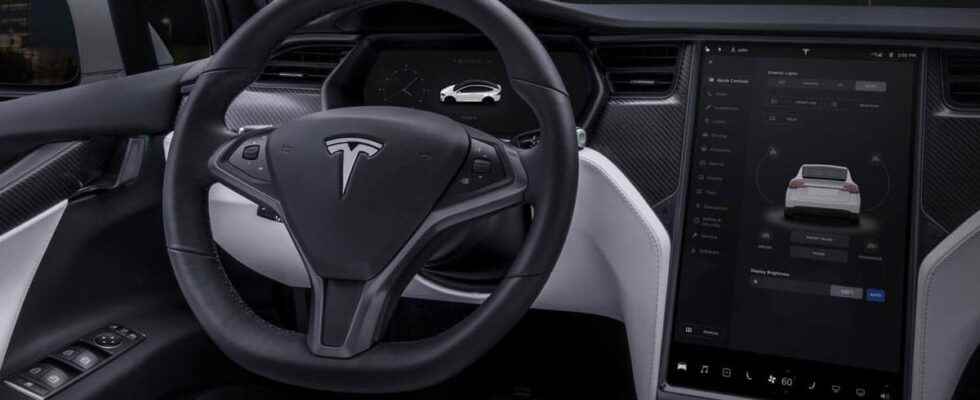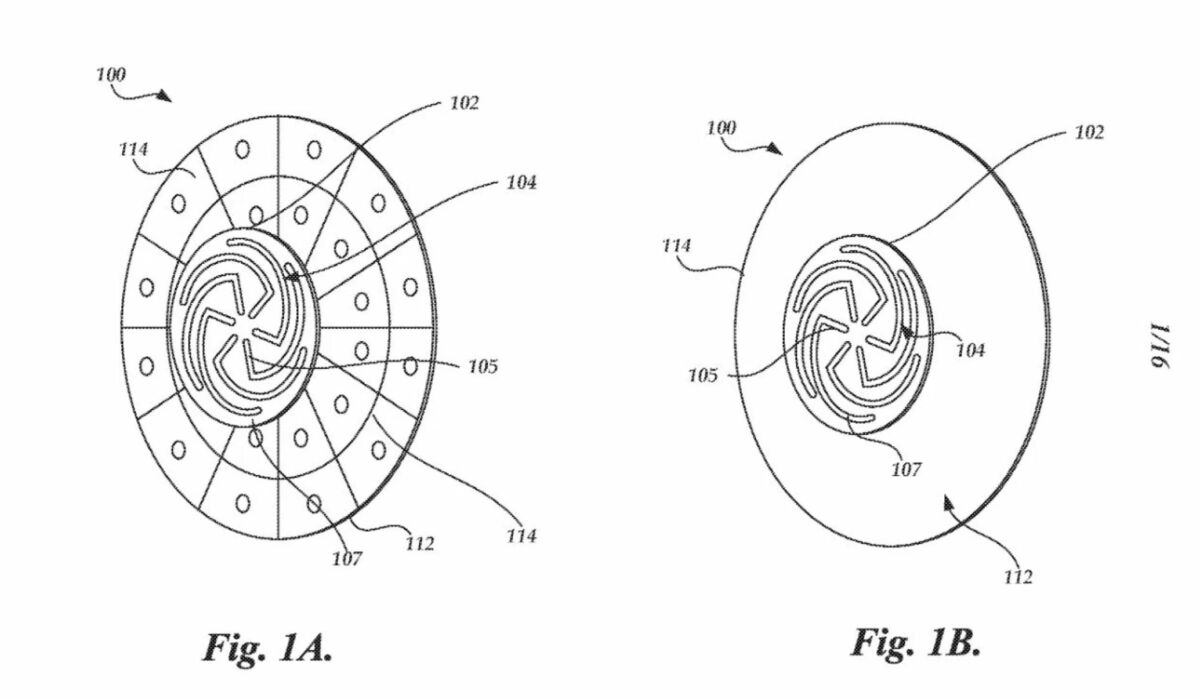Tesla wants to secure the intellectual property of better and less expensive GPS antenna technology that would serve both navigation and self-driving functions.
Tesla has filed a patent application for a new multi-band GPS antenna technology. According to the documents, this one would be more precise than other antennas and would have for use as well the navigation than autonomous driving.
Even more interestingly, the car manufacturer claims that this new generation of antenna would be more energy efficient and less expensive to produce. In short, Tesla believes to win on all points with this antenna that it is developing and whose intellectual property it wishes to protect.
Tesla: a new GPS antenna to improve navigation and autonomous driving features
According to the patent solicitation file, “signals received from a GNSS antenna can be combined with data from other sensors (e.g. ultrasonic sensors and/or cameras) in order to plan a route and for the purpose of bringing a vehicle to a location target”. This antenna would therefore be particularly useful for a Tesla vehicle to come independently to the driver or to another person, or for him to seek a parking space on his own.
The technology is also described as “useful for other features that involve precise or general location information such as navigation, self-driving, finding nearby gas stations, restaurants or businesses“.
Tesla has also thought of the practical integration of such an antenna on a vehicle. The patent application explains that it can be “placed under and integrated into an exterior glass surface of a vehicle”. The design is based on “a capacitively coupled metallic element positioned on or adjacent to the outer glass surface”. This can serve “a parasitic element to improve the gain, but also a heating element to melt the accumulation of snow and/or ice on the glass surface covering the antenna”.
The American group specifies that “in some applications, the antenna structure itself can be used as a heating element to improve performance in adverse weather conditions, while the heating elements are positioned away from the temperature-sensitive electronics”.
Only time will tell if this antenna will indeed be incorporated into Tesla vehicles.
Source: Electrek

